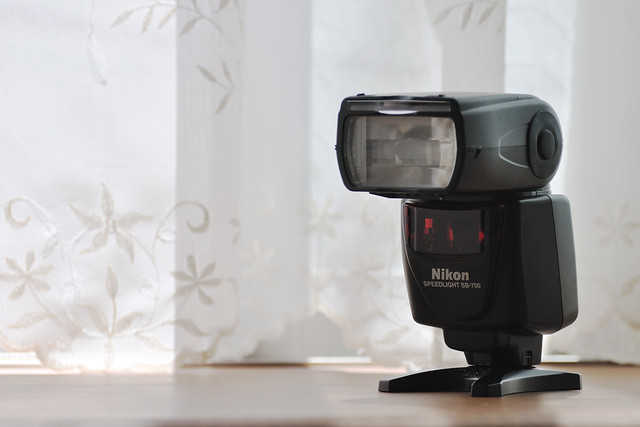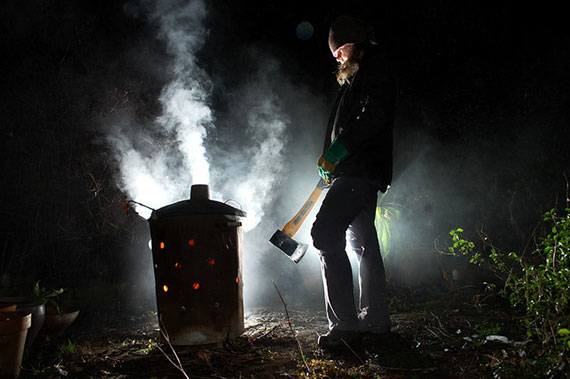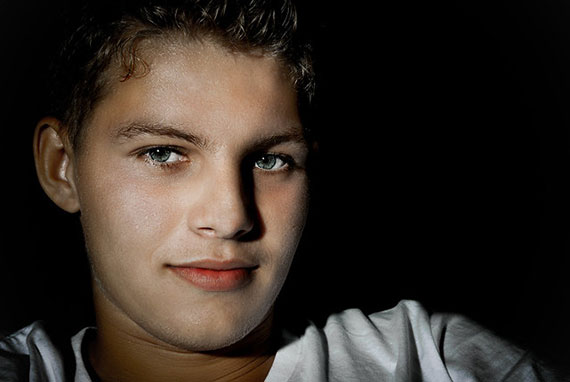Something I always recommend to photographers wondering what gear to get is a small flash. Even if it’s only used on -camera, one flash unit can be an incredible help in many kinds of situations. However, an area that I notice people are often hesitant to get into is using their flash off-camera.

“Nikon SB-700” captured by yoppy
One common misconception is that you need more than one flash unit to get any decent light with off-camera flash. While having additional flash units does help, you can do an incredible amount of things with only one. Using some simple workarounds you can often make it look like there is more then one.
Here’s a list the four ways that I would most often use my flash back in the days when I only had one. But first you need to get your flash to fire off the camera. Any relatively new Nikon Speedlight and DSLR combo will have the ability to fire without any additional hardware. Also, keep in mind that many of these setups can be done with any type of light source, and aren’t strictly limited to small flashes. If you’ve got some extremely powerful normal lights lying around, you can use those as well. Feel free to send me an email or hit me up on Skype if you’ve got questions.
1. Backlight
One flash behind and/or slightly to the side of your subject can do wonders. The high contrast, the flare, the halos—I love it all. If I’ve only got one flash with me and I want to spice up an photo a little, this is my go-to. Just spock (put) a flash behind your subject, experiment with power settings, and watch the magic happen.

Photo by Apionid; ISO 200, f/7.1, 1/10-second exposure.
2. Fill
It’s possible do this with on-camera flash as well, but I prefer it off-camera for more consistency. I use this often, but it’s probably the most noticeable at concerts when all the lights are wonky colors and I want the subject to be in a normal colored light. Direct or bounced depending on if I want it soft or hard.
3. Black Background
Essentially the opposite of the light setup above, this time you try to light the background as little as possible. Bounce the flash off a wall, and keep the subject close to the light source. I would recommend using a reflector for some fill if you want a little more of a humane look.

Photo by stephane; ISO 100, f/22.0, 1/90-second exposure.
4. Add Emphasis
Pretty self explanatory, you light one element with the flash to draw attention to it. The power of the flash in relation to the ambient light will determine how powerful the effect is.
So there you go, five ways to use one flash to achieve dramatically different effects. I hope to go into a little more detail on each of them in future posts so stay tuned. If you, like many people, already have a flash unit, I would encourage you to find a way to fire it off camera, and start experimenting. You will be surprised at how much of a difference a little well planned use of light can make. Like Joe McNally says, “Light is the language of photography, and we need to know how to speak eloquently.”
About the Author:
Article written by Dan McNair (dan-mcnair com) – a web designer and photographer.
Like This Article?
Don't Miss The Next One!
Join over 100,000 photographers of all experience levels who receive our free photography tips and articles to stay current:






very helpful tutorial
thank you
dude very nice article. copious amounts of light will rev up your shots and transform the image, even using an average lens/camera with a hotshoe. incidentally, the other day i picked up a megacheapo o/c flash unit for pennies and it the light it puts out is the same light from a top-end CLS type strobe (but without the control or auto metering). *note: just be aware of voltage mismatches possibly from 2nd hand random flashguns and your DSLR.
Interesting thread!
Very inspirational for me. Thanks. I would like to improve my work with flash.